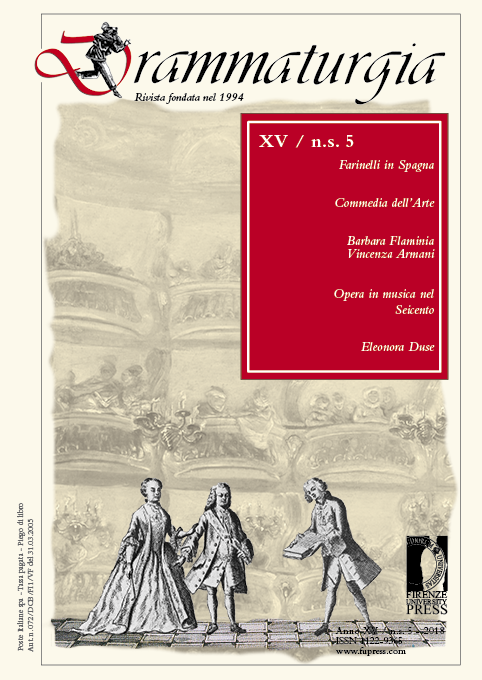Le théâtre religieux à Lucerne : paraliturgies, dévotion populaire, représentation, propagande confessionnelle
Published 2020-05-15
Keywords
- Religious theatre,
- Passion play,
- Antichrist and Last judgement play,
- Lucerne tradition,
- Italian eyewitness
How to Cite
Abstract
From mid 15th to the beginning of 17th century religious plays were frequently staged in Lucerne during the Easter holidays. The rich source material allows the reconstruction of the origins of the Lucerne passion play and sheds light on the relation between theatre and rite. The first dramatic presentation in vernacular language was staged 1453 in the centre of the urban settlement. Around 1470 religious theatre was well established among the lay community. The text and stage plan of the so called Donaueschingen play reveal that on the ‘Kappellplatz’ a passion play was staged in a processional manner, thus combining elements of the liturgical drama and popular devotion practice. With the rise of the power of the bourgeoisie and the shift of the stage to the ‘Weinmarkt’ in the 16th century the patricians got definitively the upper hand on the staging of Easter plays. During the confessional struggles religious theatre served as means of catholic propaganda. The city scribe Hans Salat was mandated to stage the Prodigal Son in 1533 and his successor Zacharias Bletz the Antichrist and Last Judgement Play in 1549. Apart from the handed down play texts and stage directions we possess eyewitness accounts of the Italian ambassadors, Domenico Panizono (1533) and Giovanni Angelo Rizio (1549). Especially Rizio’s letters, written before and after the performance, provide numerous practical details about the organisation and production and give us the rare opportunity to come to know the reaction of the audience.


